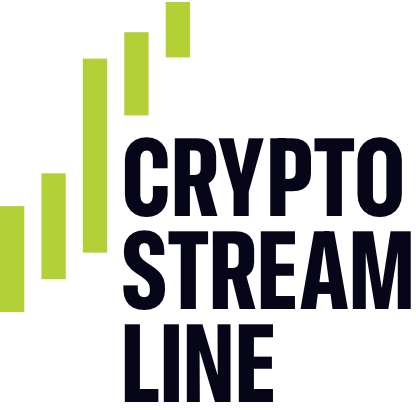The article discusses the rapid adoption of artificial intelligence (AI) in the workplace, with a focus on its impact on productivity and job creation. Key points include:
- Rapid adoption: AI use at work is skyrocketing, with a significant increase in employees using tools like ChatGPT.
- Productivity gains: Workers are leveraging AI to automate tasks, freeing up time for more complex and creative work.
- New skill sets: The article suggests that AI will create new job opportunities, requiring workers to develop new skills.
- Risk of job displacement: There is concern that automation could eliminate jobs, particularly in white-collar sectors.
- Employer response: Companies are developing internal AI tools and creating usage policies to manage the risks associated with AI adoption.
The article also highlights some challenges and concerns related to AI use in the workplace:
- Accuracy and security risks: There is a risk of inaccurate or misleading results, as well as potential exposure of confidential information when using public AI programs.
- Generational differences: The level of unease about AI among employees falls along generational lines, with younger workers more optimistic about its benefits.
- Fears of job elimination: Some people are hesitant to adopt AI due to concerns that it will replace their jobs.
The article concludes by suggesting that the shift towards increased AI use in the workplace is inevitable and that employers need to adapt quickly to capitalize on productivity gains and stay competitive.
Some potential implications of this trend include:
- Increased automation: As AI adoption accelerates, we may see more tasks being automated, leading to changes in job roles and responsibilities.
- New business models: The rise of AI could enable new business models and industries that we have not yet imagined.
- Upskilling and reskilling: Workers will need to develop new skills to remain relevant in an AI-driven economy.
Overall, the article suggests that the impact of AI on the workplace is significant and far-reaching, with both benefits and challenges that employers and employees must navigate.




